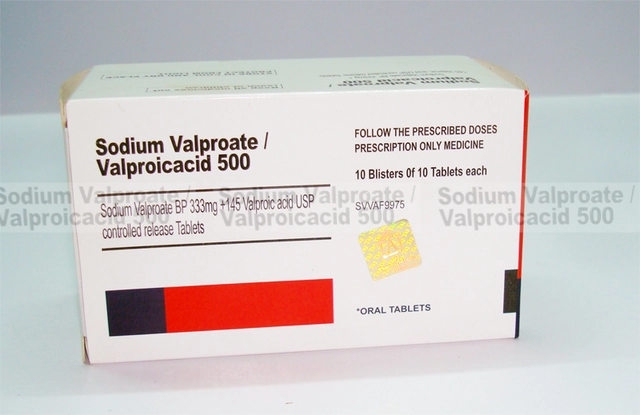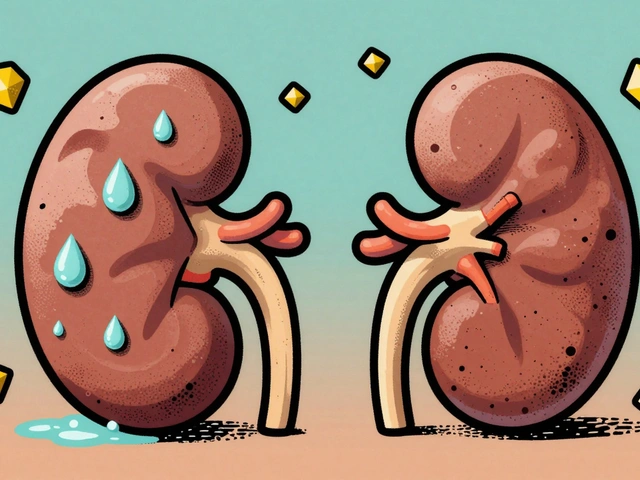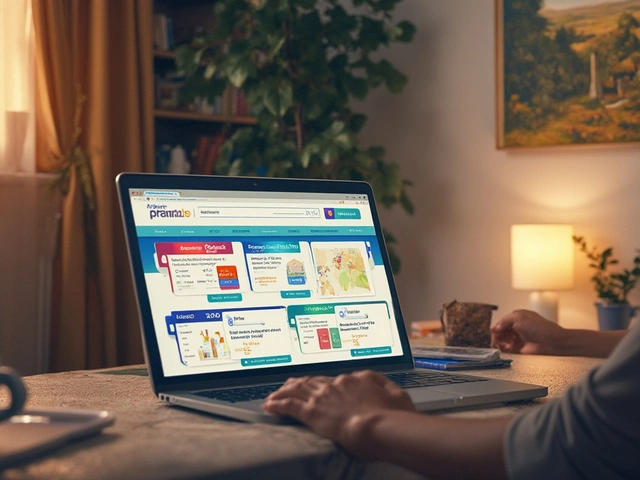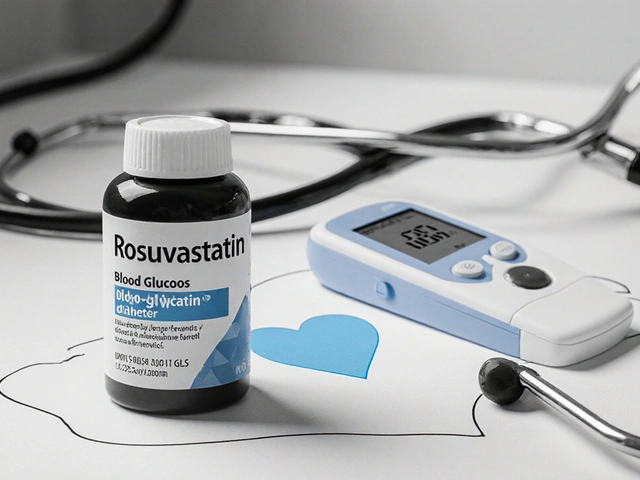Anticoagulation therapy: a simple, practical guide
Anticoagulation therapy means taking medicines that slow blood clotting. Doctors prescribe these drugs to prevent strokes, treat or stop clots (like DVT or PE), and protect people with certain heart conditions such as atrial fibrillation. If you or a loved one is starting a blood thinner, this guide gives clear, useful steps to stay safe and get the benefits.
Common blood thinners and how they differ
There are two main groups. First, warfarin (Coumadin) — a long-used pill that’s cheap but needs regular blood tests (INR) and careful diet checks. Second, DOACs (direct oral anticoagulants) like apixaban, rivaroxaban, dabigatran, and edoxaban. DOACs usually need no routine lab checks and have fewer food limits, but they can cost more and aren’t right for everyone (for example, some mechanical heart valve patients still need warfarin).
Which one you get depends on why you need anticoagulation, kidney function, other medicines, cost, and ease of use. Your doctor will weigh those factors with you.
What to watch for and daily habits
Bleeding is the main risk. Watch for easy bruising, blood in urine or stool, long nosebleeds, heavy menstrual bleeding, or unexpected severe bruises. If you have sudden severe headache, chest pain, shortness of breath, fainting, or uncontrolled bleeding, get urgent medical help.
Small steps reduce risk: avoid activities with high injury risk, use a soft toothbrush, and shave carefully. Tell every healthcare provider — dentists, surgeons, ER staff — that you take a blood thinner. For planned procedures, your doctor will advise when to stop or bridge therapy.
Drug interactions matter. Many common meds change how blood thinners work. Antibiotics, antifungals, some pain killers, certain heart medicines, and herbal supplements can raise or lower anticoagulant effect. Always check with your prescriber or pharmacist before starting new meds or stopping current ones.
Food matters more with warfarin than DOACs. Leafy greens high in vitamin K (spinach, kale) can reduce warfarin’s effect. You don’t need to avoid these foods entirely — just keep your intake steady and tell your INR tester about big changes in diet.
Pregnancy and breastfeeding need special attention. Some anticoagulants aren’t safe in pregnancy. If you’re pregnant or planning pregnancy, talk to your doctor before changing or stopping medicines.
Practical tips: set pill reminders, carry an anticoagulant card or wear a medical ID, keep a list of all meds and doses, and schedule follow-ups. If you take warfarin, learn your INR target and bring results to visits.
Anticoagulation saves lives when used right. Ask clear questions: why this drug, how long, what tests, signs of trouble, and what to do before procedures. Stay alert, keep communication open with your care team, and you’ll manage therapy safely.
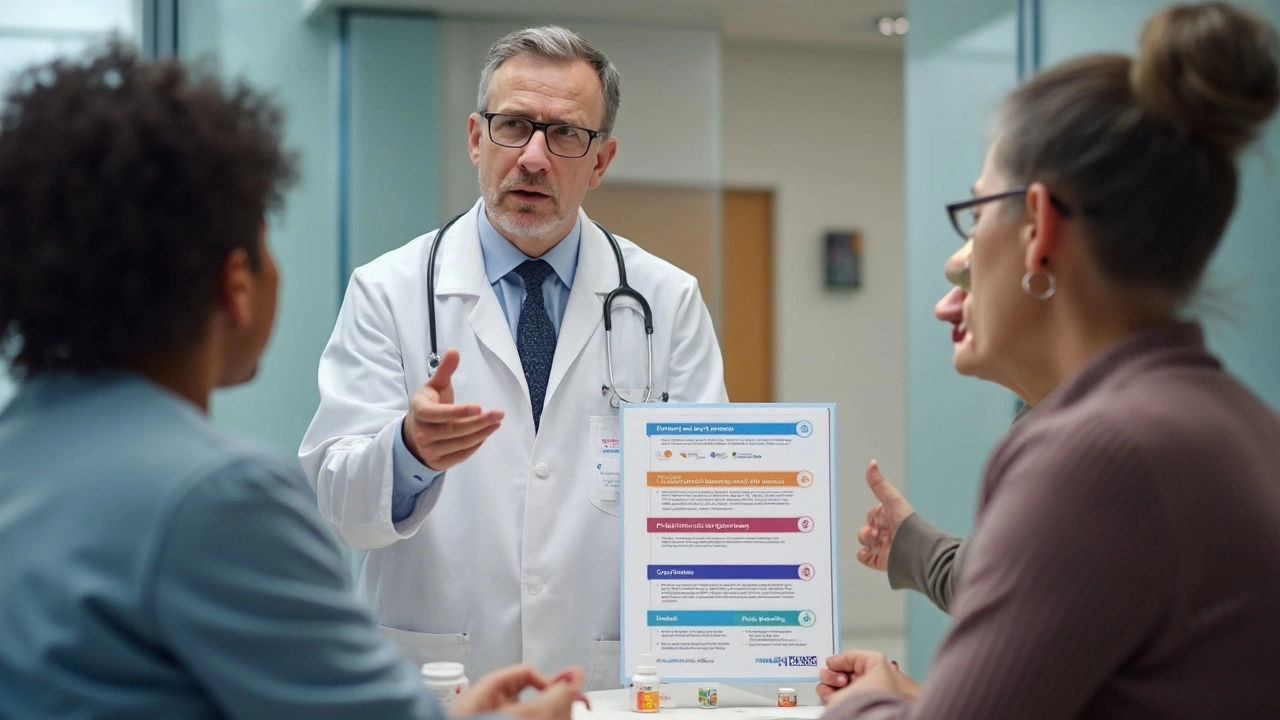
Curious about the future of anticoagulation therapy and whether rivaroxaban will keep its spot among top blood thinners? This article dives deep into how rivaroxaban stacks up against newer treatments, what science is saying about its future, and what patients and doctors need to know. You'll get real-world tips, stats, and honest talk about risks and rewards—no sugarcoating, just clear facts.
Continue Reading

